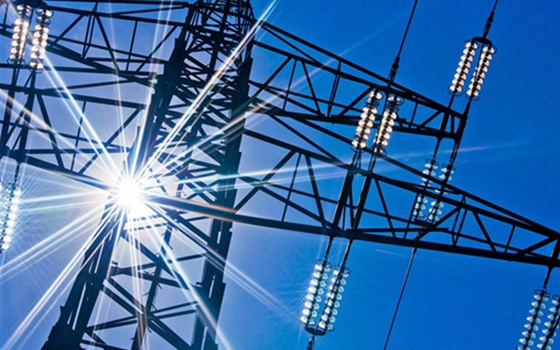For a while now, countries have been addressing the implications of global warming and have taken grave measures to transition towards a sustainable, low-carbon economy. According to a report by a leading industry body, 57% of the world’s electricity will come from renewable energy by 2050 and the energy demands will be met from eight different sources, that include, coal, oil, gas, nuclear, hydro, biomass, wind and solar.
Rapid developments have resulted in the availability of new technologies in generation, transmission and distribution of power. Additionally, the rising demand and high dependence on reliable electricity supply has resulted in the need for network configuration that supports the increase of high voltage direct current (HVDC) technology, thereby guaranteeing smart, reliable and flexible power transmission.
There has been an exponential increase in the implementation of HVDC technology worldwide. One of the first HVDC lines to be set up was in 1986 across the English Channel, the IFA 2000 undersea connection that links up the national grids of France and UK.
In the Middle East, the Gulf Cooperation Council Interconnection Authority (GCCIA) has commissioned the first ever 400-kV super grid that connects the power network of six Gulf countries, namely, Bahrain, Qatar, Kuwait, Oman, United Arab Emirates (UAE) and Saudi Arabia. In a bid to combat the risk of blackouts on each national grid and share energy resources, GCCIA linked the electrical power network of all its member states.
With the HVDC main station located in Saudi Arabia, the interconnection grid covers 900 kms of high voltage overhead lines, a 37km submarine cable to Bahrain and seven 400kV substations making it the world’s biggest back-to-back HVDC converter station in the world with a capacity of 1800MW. Interestingly, the HVDC station also has a unique feature that enables the exchange of power to meet rising demand without excess generation.
GCCIA promotes reliable, competitive and sustainable electrical transmission services and the successful implementation of the GCC smart grid project has brought to the foray suggestions focusing on the interconnection of GCCIA to other regional and global grids. Implementing a large interconnection across different continents will play a pivotal role in enhancing the capabilities of the HVDC network and mitigating the power outage issues.
Enabling real-time decision-making, greater control and remote monitoring, the switch to smart grid technology also facilitates the growth and use of renewable power generation sources. Apart from establishing a high voltage direct current (HVDC) network that has the capability to transport and harness large amounts of electricity over long distances, Qatar General Electricity and Water Corporation (Kahrama) has forayed into multiple other ventures simultaneously to strengthen its transmission system, including the installation of solar (PV) systems in the distribution grid and introduction of smart meters.
Eco-Business
29 June






















































